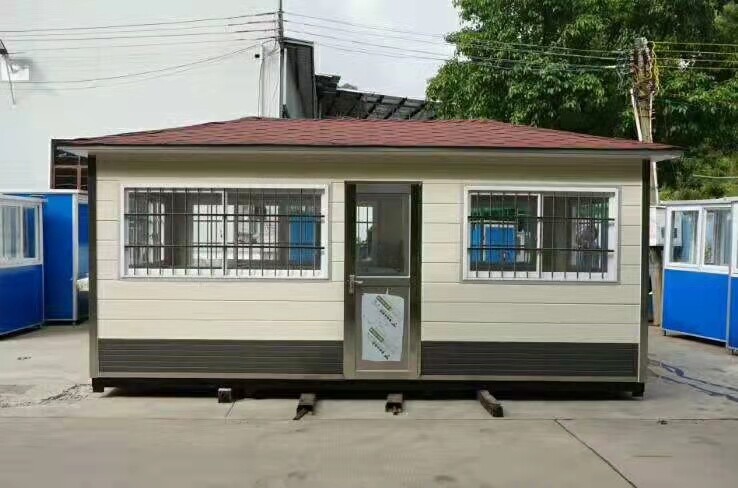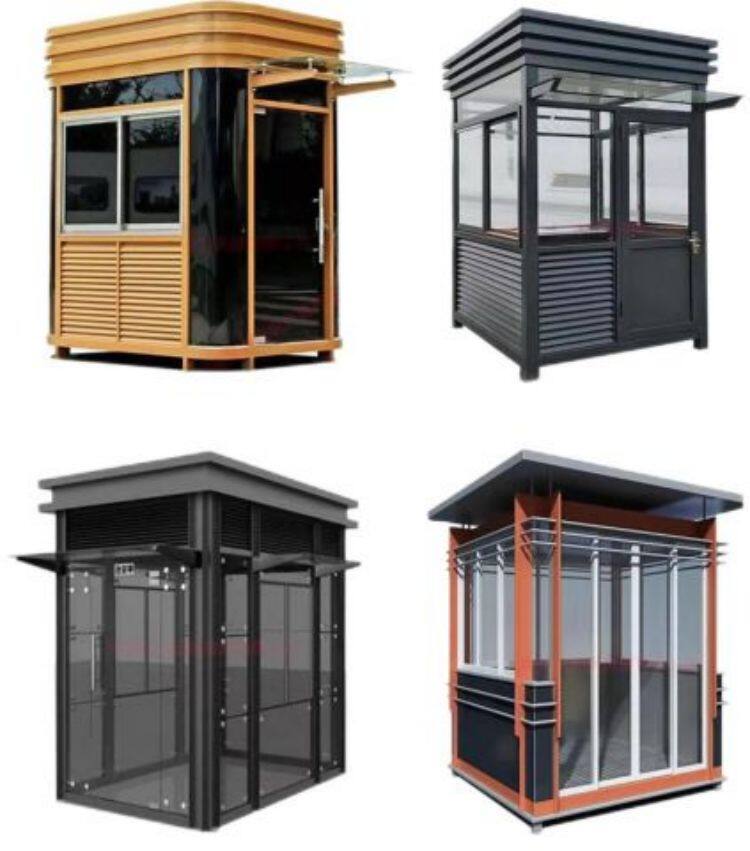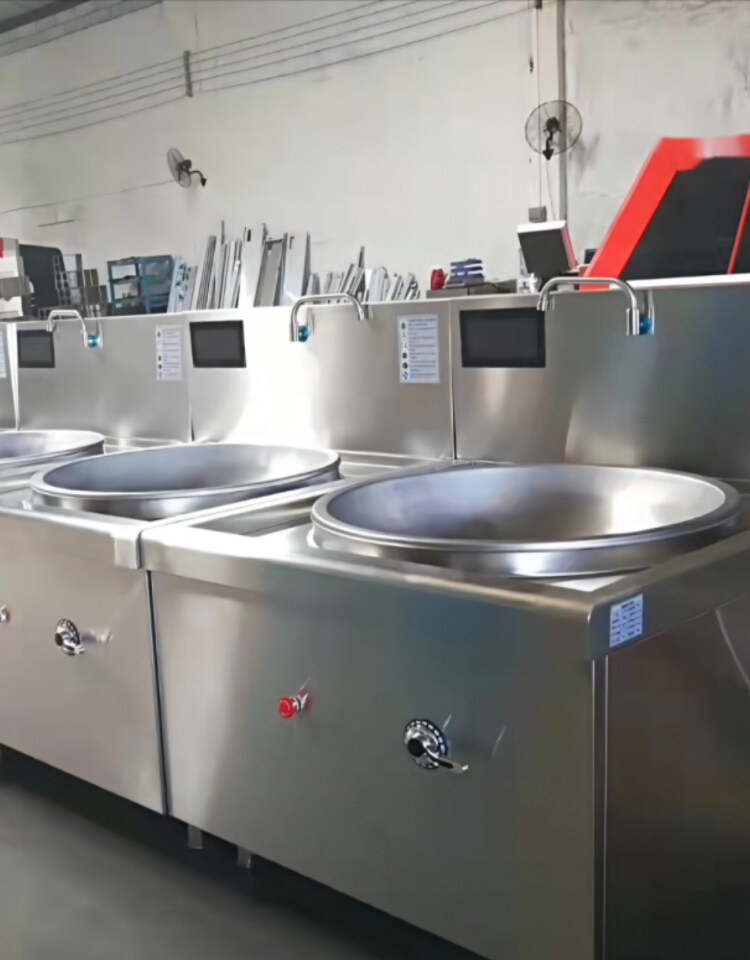Email format error
Email cannot be empty
Email already exists
6-20 characters(letters plus numbers only)
The password is inconsistent
Email format error
Email cannot be empty
Email does not exist
6-20 characters(letters plus numbers only)
The password is inconsistent

Sheet Metal Cnc Laser Cut Exporter Factory

What Features Should a Modern Security Kiosk Have?
In today's world, security kiosks are crucial for businesses, government buildings, and public areas. They help improve security, manage visitors efficiently, and make operations smoother. But what defines a "modern" security kiosk? In this blog, we'll look at the key features that make a security kiosk modern, why these features are important, and how they can benefit your organization.
Why Modern Security Kiosks Are Essential
Security kiosks are no longer just about checking IDs or issuing visitor badges. They have evolved into sophisticated systems that integrate advanced technologies to address a wide range of security and operational challenges. Here’s why they are indispensable:
-
Enhanced Security: Modern kiosks use cutting-edge technologies like biometrics and AI to ensure only authorized individuals gain access.
-
Efficiency: Automated processes reduce wait times and free up security personnel for more critical tasks.
-
User Experience: Intuitive interfaces and self-service options make the process quick and hassle-free for visitors.
-
Compliance: Many industries require strict adherence to security protocols, and modern kiosks help meet these regulatory standards.

Key Features of a Modern Security Kiosk
-
Biometric Authentication
Biometric features such as fingerprint scanning, facial recognition, and iris scanning are now standard in modern security kiosks. These technologies provide a high level of accuracy and security, ensuring that only authorized individuals can access restricted areas. For example, SecureKi’s identity security solutions emphasize the importance of biometrics in protecting privileged access. -
Touchless Technology
In a post-pandemic world, touchless interfaces have become a priority. Modern kiosks should support QR code scanning, NFC (Near Field Communication), and voice commands to minimize physical contact and reduce the risk of contamination. -
Real-Time Monitoring and Alerts
A modern security kiosk should integrate with centralized security systems to provide real-time monitoring and instant alerts. This feature allows security teams to respond quickly to potential threats or breaches. -
Customizable Software
Every organization has unique security needs. A modern kiosk should offer customizable software that can be tailored to specific requirements, such as integrating with existing access control systems or ERP platforms. -
Visitor Management Integration
Beyond security, kiosks should streamline visitor management by automating check-ins, badge printing, and wayfinding. This not only improves efficiency but also enhances the visitor experience. -
Durability and Reliability
Security kiosks are often deployed in high-traffic areas, so they must be built to withstand heavy use. Features like ruggedized enclosures, tamper-proof designs, and weather-resistant materials ensure long-term reliability. -
Data Privacy and Compliance
With increasing concerns about data privacy, modern kiosks must comply with regulations like GDPR and CCPA. Encryption, secure data storage, and regular software updates are essential to protect sensitive information. -
User-Friendly Interface
A modern kiosk should feature an intuitive, multilingual interface that is easy to navigate. Clear instructions and visual cues help users complete the process quickly and without confusion. -
Scalability
As organizations grow, their security needs evolve. A modern kiosk should be scalable, allowing for the addition of new features or integration with additional systems as needed. -
Energy Efficiency
Sustainability is a growing concern for many organizations. Modern kiosks should be energy-efficient, with features like low-power modes and solar-powered options where applicable.
How Modern Security Kiosks Benefit Different Industries
-
Corporate Offices
In corporate environments, security kiosks streamline employee check-ins, manage visitor access, and enhance overall security. They can also integrate with HR systems for attendance tracking and access control. -
Healthcare Facilities
Hospitals and clinics use security kiosks to manage patient check-ins, verify identities, and ensure compliance with health regulations. Touchless features are particularly important in these settings to maintain hygiene. -
Airports and Transportation Hubs
Security kiosks in airports can handle passenger verification, baggage checks, and boarding pass issuance. Real-time monitoring and biometric authentication are critical for ensuring safety in high-traffic environments. -
Educational Institutions
Schools and universities use kiosks to manage visitor access, track student attendance, and enhance campus security. Customizable software allows these institutions to adapt the kiosks to their specific needs. -
Government Facilities
Government buildings require high levels of security to protect sensitive information and personnel. Modern kiosks with biometric authentication and real-time monitoring are ideal for these environments.
Choosing the Right Security Kiosk for Your Needs
When selecting a security kiosk, consider the following factors:
-
Purpose: Identify the primary use case (e.g., visitor management, employee check-ins, or access control).
-
Integration: Ensure the kiosk can integrate with your existing systems, such as ERP or access control platforms.
-
Budget: While advanced features are important, choose a kiosk that offers the best value for your budget.
-
Vendor Reputation: Work with a reputable vendor that offers reliable products and excellent customer support.
Future Trends in Security Kiosks
-
AI and Machine Learning
AI-powered kiosks can analyze user behavior, detect anomalies, and predict potential security threats. This proactive approach enhances overall security. -
Blockchain Technology
Blockchain can be used to secure data stored in kiosks, ensuring transparency and immutability. This is particularly useful for industries that require stringent data protection. -
Enhanced Biometrics
Future kiosks may incorporate advanced biometric features like gait analysis or heartbeat recognition for even greater accuracy. -
IoT Integration
Integrating kiosks with IoT devices can create a seamless security ecosystem, allowing for real-time data sharing and coordinated responses to threats.
Final Thoughts
Modern security kiosks are more than just a convenience—they are a necessity for organizations looking to enhance security, improve efficiency, and provide a superior user experience. By incorporating features like biometric authentication, touchless technology, and real-time monitoring, these kiosks can address a wide range of security challenges while adapting to future trends.
Whether you’re managing a corporate office, a healthcare facility, or a government building, investing in a modern security kiosk is a smart decision that will pay dividends in the long run. Ready to upgrade your security infrastructure? Explore the latest options and find the perfect kiosk for your needs today.

